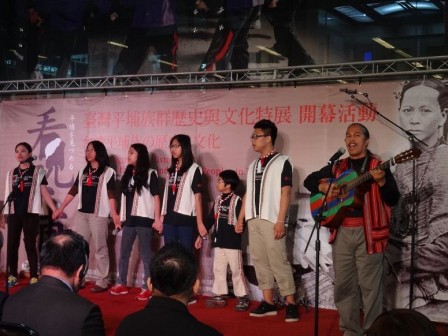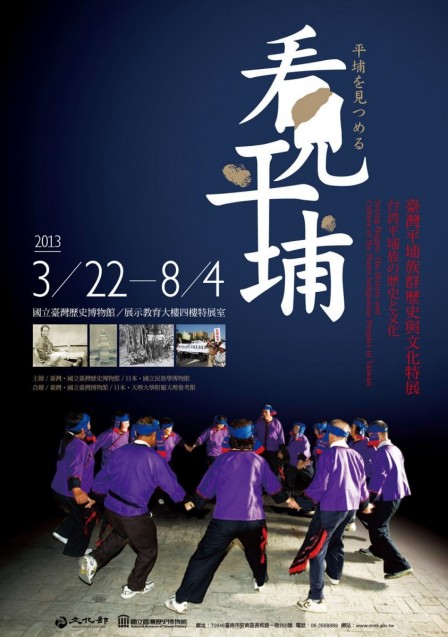Website:http://www.nmth.gov.tw/enpage3/index.php?option=com_content&task=view&id=32&Itemid=51&class=A&newid=8
"Seeing Pingpu: The History and Culture of the Indigenous Plains Peoples in Taiwan,” an exhibition co-organized by the National Museum of Taiwan History (NMTH) and Japan's National Museum of Ethnology, is now open to the public at the NMTH in Tainan, southern Taiwan.
The exhibition is rare due to its grand scale, for it displays nearly 300 items related to the history and culture of Taiwan's plains aborigines collected by 16 domestic and overseas institutions. Forty-three of the displayed artifacts come from Japan, including some items on loan from the Japanese National Ethnology Museum and the Tenri University's Sankokan Museum; this is the first time these items have ever been seen outside of Japan.
Other displayed items include precious artifacts collected by the National Taiwan Museum, the Poah-be Church in Tainan and various indigenous tribes. The NMTH aims to introduce to visitors the life experience of Taiwanese plains aborigines by displaying their archaeological remains, legends, ballads and stories.
The ultimate goal is to prompt the public to re-think their previous opinions and interpretation of the plains people, thereby removing their tendency to stereotype. The exhibition will run till August 4. Before then, a series of "Pingpu Day” activities, which will include the weaving of banana fibers by the Kavalan tribe, is scheduled to start in April.

